Iowa State researchers combat water insecurity in Alaska
Iowa State researchers work to improve water quality and understand the impact of water injustice on Alaska Native community.
Iowa State researchers are working to empower an Alaska Native community to combat water insecurity while navigating cultural differences.
The team has been awarded a $1.35 million grant from the U.S. Environmental Protection Agency (EPA) to conduct community-based water monitoring and sampling in Unalakleet, Alaska.
Cristina Poleacovschi is an assistant professor in the department of civil, construction and environmental engineering and the project’s lead researcher.
Their research aims to better understand local vulnerabilities to water insecurity and assess the impact of water quality, water insecurity and water injustices on physical and mental health.
Poleacovschi said historically, the water infrastructure in these communities has been substandard for diverse reasons, including permafrost, frequent water disruptions and a lack of financial resources. She said this problem will continue to become more serious with climate change.
Poleacovschi said it is not uncommon for certain communities to experience a shortage of clean drinking water for extended periods, ranging from days to months. She added that this problem is more prevalent than expected, affecting many communities with water pipe infrastructures or systems in place.
“To address these issues, we put together a team of researchers to one, look at the water infrastructure and identify the potential engineering solutions for leak detection in this communities,” Poleacovschi said. “A second component focuses on really looking at water quality as water service disruptions occur, so the quality from quality can increase.”
Poleacovschi said the team is exploring the possibility that in addition to the technical challenges, there is also a social aspect to the issues affecting these native communities.
“The social component is comprised of the fact that people in these communities have their indigenous cultures; they have their unique values and traditions and beliefs that they put into practice whenever consuming tap water,” Poleacovschi said.
Poleacovschi said even if technical solutions are proposed to address water infrastructure issues, some individuals may still prefer water from traditional sources, such as rivers or wells. This may be due to a belief in better water quality or a desire to continue consuming water in the way their ancestors did, leading to a lack of trust in tap water.
“Another objective [of the research] is looking at how water service disruptions and water quality issues affect health […] so particularly, we focus on overall and like general health, but we’ll also dive more into mental health issues,” Poleacovschi said.
Poleacovschi said she is hoping this is a pilot project that will be applicable to other communities. However, she said in order for similar projects to adhere across communities, it will take significant time and energy to transfer the project from one community to another.
“I hope we’re piloting a project that hopefully can be transferable to other communities, although, in terms of water infrastructure, some of the characteristics are unique to one host community to another,” Poleacovschi said.
Poleacovschi said a large portion of the funding received from the EPA will go toward graduate students and to fund professors working on the project.
“Some of the [funding will go toward] technical supplies like the water quality kits, but we also really try to make sure that this money funds the local community to meet the tribal council,” Poleacovschi said.
In addition Poleacovschi said the team aims to arrange educational activities such as youth programs that teach local students about water quality testing and environmental engineering.
Poleacovschi said a significant challenge has been the cultural differences between the science perspective and the community’s cultural perspective.
“We try to ask them what they want to achieve from this research project, and really get a grasp of their local needs and their preferences as we go through the project,” Poleacovschi said “That type of communication is rarely done in the engineering [field].”
Poleacovschi said using a community-based approach is both unique and essential but also challenging as it deviates from the typical approach.
Associate professor in environmental engineering and another researcher on the project, Kaoru Ikuma, said the difference in culture as drinking water can mean something different to Native communities compared to the traditional Western urban community.
“We tend to think that plumbed water from water treatment facilities is [inferior], but we’re finding that that’s not necessarily the case for people in different places in different cultures,” Ikuma said.
Ikuma said those at Iowa State can contribute to the work the research team by acknowledging and respecting different cultures, as the project shares significant connections to diversity and inclusion.
“Now that everything is connected through the internet, culture starts to erode so […] we lose the subtle differences that really make the world interesting,” Ikuma said.
Ikuma said the difference in culture as drinking water can mean something different to Native communities compared to the traditional Western, urban community.
Ikuma is primarily focused on assessing the quality of drinking water treated using modern Western methods. Additionally, Ikuma is examining the various types of water consumed by community members and residents.
“There is permafrost surrounding a part of Alaska starting to melt, and what they’re seeing with these large systems in the water system is erosion and damage to their pipes,” Ikuma said.
Ikuma said it is difficult to manage this damage when water escapes into the pipe system. She said there is not much one can do to manage this and climate change made it much more difficult.
“They are facing having to use water that’s not at an optimal quality or not necessarily completely safe, and it’s tricky because the facilities that treat the water treat it to the best extent possible,” Ikuma said.
In order to combat these issues and conduct successful research, Poleacovschi said ensuring the research team has technical expertise, including social scientists, humanities professors, psychologists, anthropologists and political scientists.
“I feel like we have a really successful team, and one of the successes is that we are very balanced in terms of making sure we have technical expertise,” Poleacovschi said. “Another thing is– I would like to thank their local community, you know, all the people who have trusted us so far in this project, and are collaborating with us.”
Scott Feinstein, a political science professor and researcher on the project, explained that the team is collaborating with the community to understand their water concerns. He said the researchers are looking into the source of the water and how it has been impacted by extreme weather, floods, erosion, permafrost thaw and other factors that may negatively affect its quality.
“One of our efforts is to address climate change and some of the health issues that people are facing and some of the impacts that climate change is having on particularly water and water infrastructure in Alaska,” Feinstein said.
Feinstein said the team’s initial efforts involved identifying the community’s water-related concerns and their relationship with water. He said they also conducted direct testing of water quality, and part of his work involved comparing and finding similarities among different communities.
“We’re trying to understand how they feel and what they see about this water, but also what we can contribute in a sense to helping make you know, get better access to either clean water or trust within water within the community,” Feinstein said.
Feinstein said his role within the team relates particularly to some of the research design and methods to be able to compare different Alaska Native communities and their relationship with the water infrastructure.
Feinstein said social science tools are utilized to identify similarities and differences among communities.
“Bringing in our political understanding that these communities have their own unique institutions and political dynamics within, but have also been shaped by national federal policies and politics that have [established] where certain communities can live, what kinds of access to materials are going to be made available, and access to types of resources,” Feinstein said.
Feinstein said the project intends to examine the interplay between federal and local politics, which influence the community’s response and relationship with their environment.
Feinstein said the team hopes to provide the community with valuable information about their water quality through various tests and tools available. He added that by doing so, they aim to empower them to make informed decisions about their water sources.
“If a certain source of water, […] becomes more contaminated as permafrost and another [water] source is better, we can help provide some of this information to give certain tools for testing in the future,” Feinstein said.
Feinstein said the goal is to equip the community with the necessary resources to take control of their water management. He said demonstrating the agency and importance of local communities in decision-making and working collaboratively with engineers outside the community is a significant contribution of these methods.
Feinstein said this highlights the often unheard voices of communities facing water issues and challenges, particularly those that are not typically discussed in the context of the United States, where most people have access to secure water sources.
Your donation will support the student journalists of the Iowa State Daily. Your contribution will allow us to purchase equipment, send our student journalists to conferences and off-set their cost of living so they can continue to do best-in-the-nation work at the Iowa State Daily.


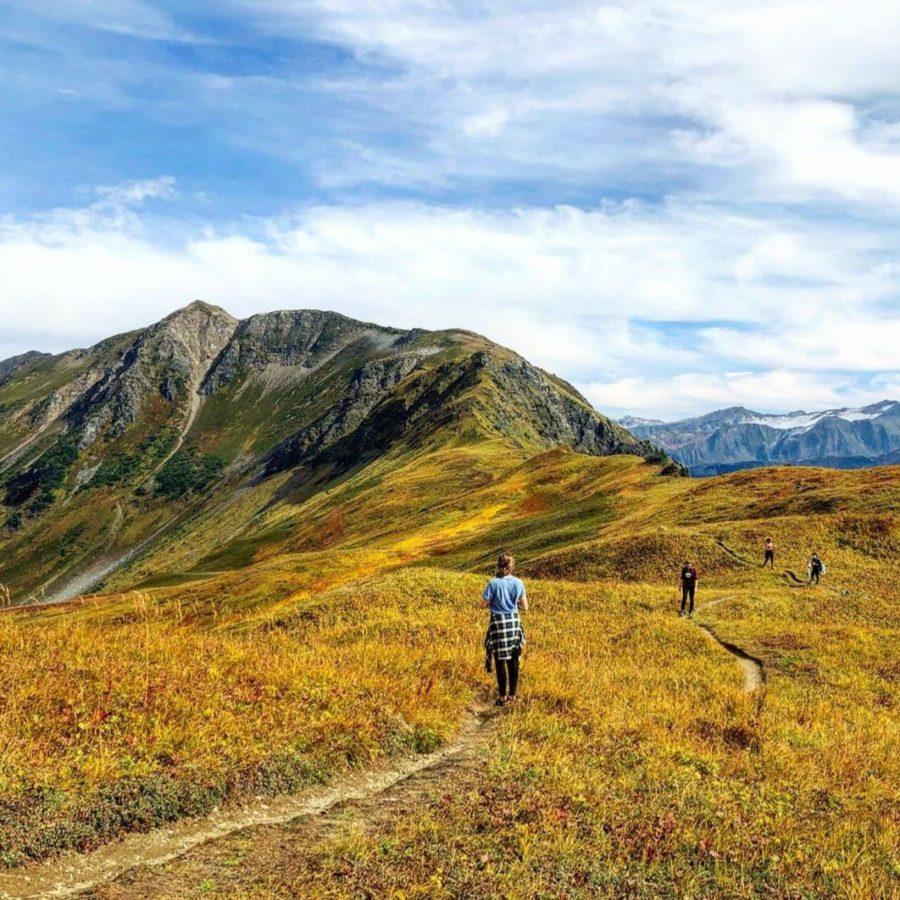


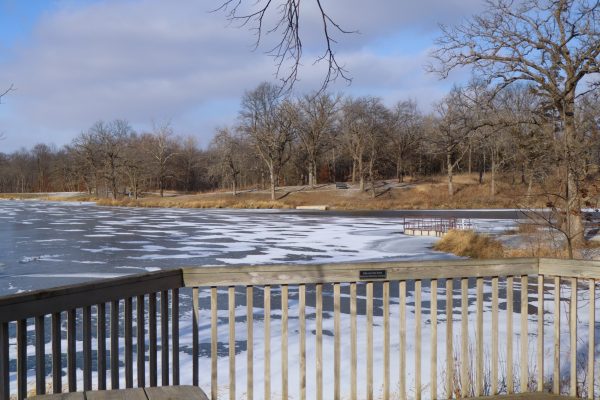
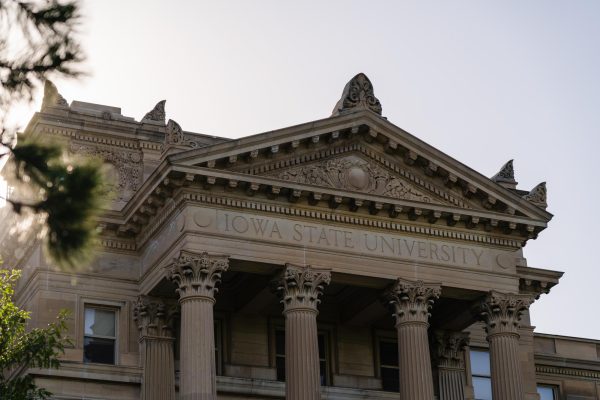



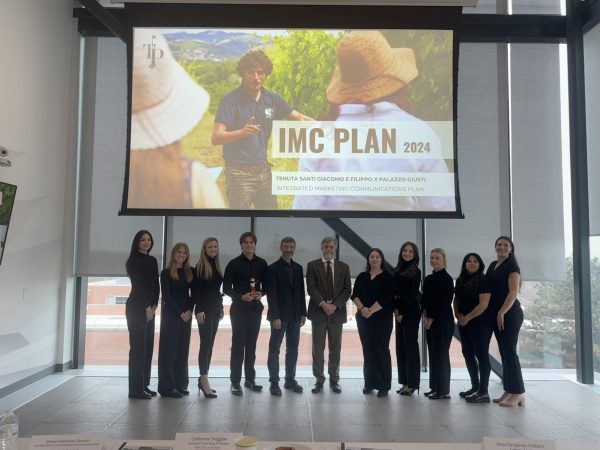
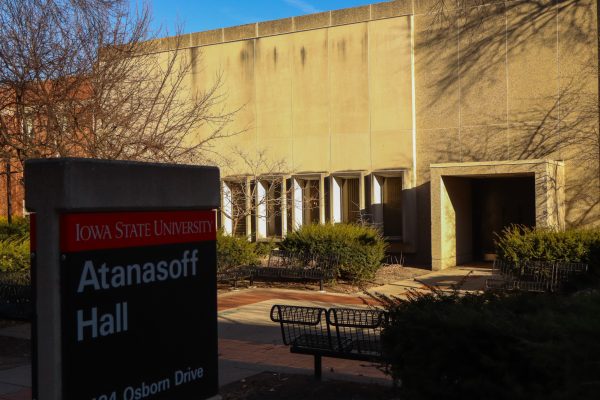
Kris | Apr 28, 2023 at 9:13 am
This is important work. Good article. Let’s see a story about the efforts to improve Iowa’s water.
Who at ISU is working on ways to improve Iowa’s abysmal water quality. With so much research money going into Big Ag at this school, I doubt much is being done; I’d like to be proven wrong in an article by/about a specialist in the field. To my lay knowledge, it is Big Ag that is most responsible for the terrible water quality in this state. See manure and chemical runoff.